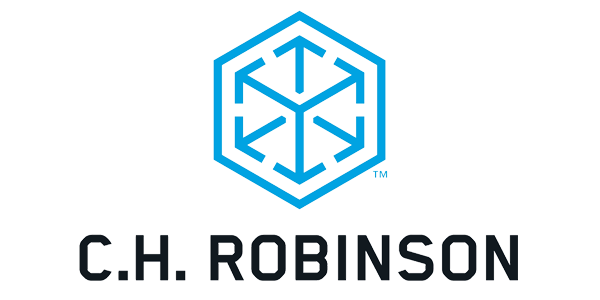A Lockout Looms for the ILWU: Why it Might Happen, and What it Means for the Nation

A lockout differs from a strike, although the effects are similar - due to the apparent lack of productivity, the Pacific Maritime Association will be the party that initiates the lockout.
The situation at the U.S. West Coast (USWC) has reached a critical stage.
Both the Pacific Maritime Association (PMA) and International Longshore and Warehouse Union (ILWU) have been extremely vocal on their positions, yet no deal is in sight.
The PMA has made it very clear that if productivity does not improve, they will be left with no choice but to lockout ILWU. So what does a lockout really mean, and what does history tell us?
At present, both the PMA and ILWU have been working without a contract since July 2014. Flow of commerce through the USWC continues as the two parties continue to negotiate a new contract. In early November 2014, ILWU’s productivity plummeted, and claims of the ILWU withholding qualified skilled labor was largely a complaint by the PMA.
The situation continued to deteriorate, which is where we are at today. A lockout differs from a strike, although the effects are similar. Due to the apparent lack of productivity, PMA will be the party that initiates the lockout. This will keep ILWU from the port terminals, which will put the port terminals at a shutdown.
This is similar to what happened in 2002. At that time, the ILWU had been working without a contract since September 1, 2002. On September 29, 2002, the PMA accused the ILWU of engaging in a slowdown during contract negotiation and locked them out.
During a lockout, if a deal is not reached by the PMA and ILWU, the standstill will likely cause government intervention through the invoking of the Taft-Hartley Act. The national emergency provisions in the Taft-Hartley Act authorize the President to adopt emergency measures if a threatened, actual strike or lockout affecting an entire industry is permitted to occur or continues to imperil the nation’s health and national security.
President Bush successfully invoked Taft-Hartley in 2002 after 10 days of lockout. While it’s not an act widely popular to the ILWU, it successfully brought an agreement between the PMA and ILWU back in 2002. In 2002, the premise of Taft-Hartley was that the American economy was in the midst of recovery and retailers were bringing in critical inventories for the year-end holiday season; this qualified as a threat to the nation’s health.
Additionally, the United States was in the midst of a war on global terrorism and depended on the ports for transportation of military related goods; this qualified as a threat to national security.
If President Obama decides to invoke Taft-Hartley to the current situation on the West Coast, he will need to appoint a board of enquiry to demonstrate to the courts that the lockout is affecting the nation’s health and security. When compared to 2002, however, it may not be as easy now to establish the threat to national security.
In the event that both criteria have been met, a cooling period of 80 days will be established. Through all this we can speculate that the ILWU will vehemently argue that the government should not intervene to protect their bargaining interests. The courts will then rule accordingly.
During the cooling period, it will be critical for the government to ensure labor productivity increases versus any type of perceived slowdown.
At the same time, the Federal Mediation and Conciliation Service (FMCS) will play a vital role to ensure a deal is negotiated and executed, similar to their involvement in 2002.
It is important to note that there have been only two instances where courts have refused to resolve similar lockout type of matters.
Update: West Coast Ports to Shut Down for Next Four Days

Article Topics
C.H. Robinson News & Resources
Q&A: Mike Burkhart on the Recent Nearshoring Push Into Mexico Q&A: Mike Burkhart, VP of Mexico, C.H. Robinson C.H. Robinson introduces new touchless appointments technology offering C.H. Robinson President & CEO Bozeman provides overview of key logistics trends and themes at SMC3 JumpStart 2024 C.H. Robinson touts its progress on eBOL adoption by LTL carriers and shippers Retailers Pivot Supply Chain Strategy, Seek Red Sea Alternatives C.H. Robinson announces executive hire to run new Program Management Office More C.H. RobinsonLatest in Transportation
Trucking Industry Pushes Back on Government’s Electric Mandates Maersk Sees Silver Lining in Red Sea Shipping Challenges Baltimore Opens 45-Foot Deep Channel Following Bridge Collapse El Paso Border Delays Cost Juarez $32 Million Per Day in Economic Losses Ranking the World’s 10 Biggest Supply Chains The Top 10 Risks Facing Supply Chain Professionals Walmart’s Latest Service: Ultra Late-Night Delivery More Transportation











